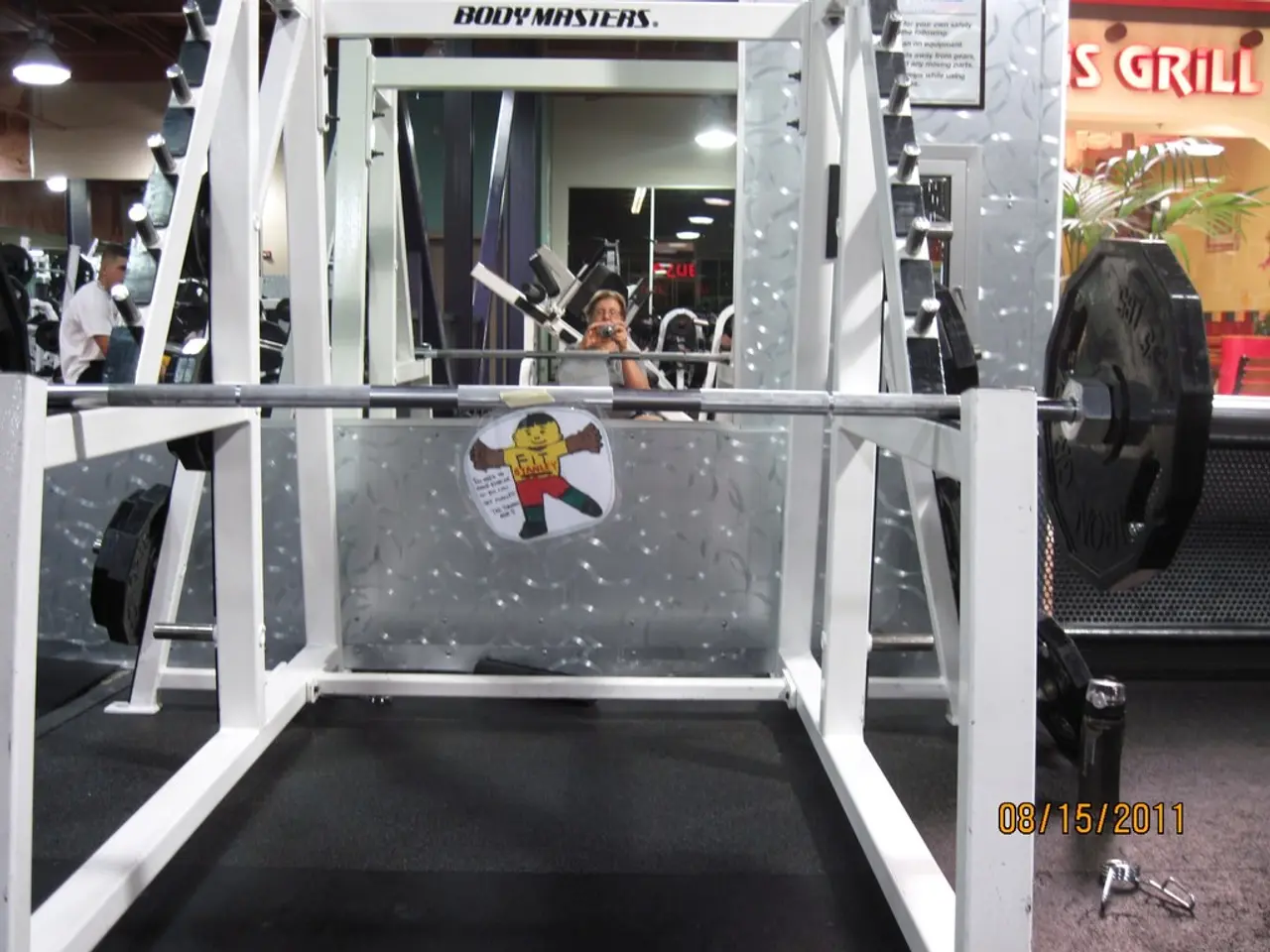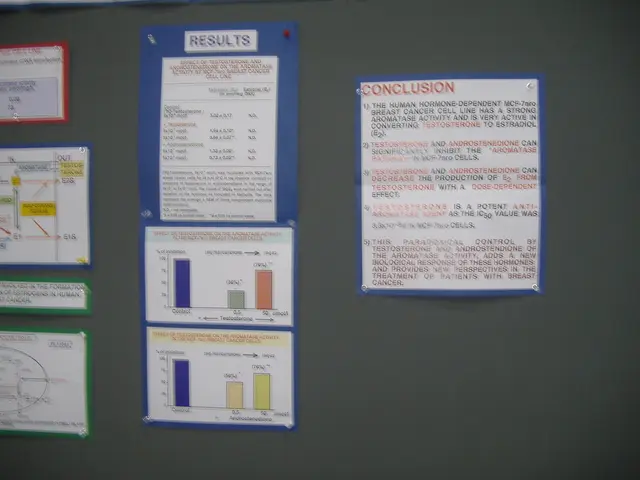Tips for Avoiding Lower Back Strain from Deadlifting
The deadlift is a popular weightlifting exercise that targets the back, glutes, and hamstrings. However, if not performed correctly, it can lead to lower back pain. Here's a comprehensive guide on how to perform a deadlift safely and effectively, along with some alternative exercises for relieving lower back pain.
The Deadlift Technique
To perform a deadlift correctly, follow these essential tips:
- Maintain a neutral spine: Keep your back flat, neither rounded nor excessively arched, throughout the lift to avoid stressing your lower back muscles and spine.
- Set your hips lower than your shoulders: Start with hips lower than shoulders, hinging at the waist by pushing your butt back rather than bending from the lower back.
- Engage your core and lats: Squeeze your shoulder blades together to engage your lats and brace your core by taking a deep breath and exhaling pre-lift to stabilize your spine.
- Keep the bar close to your body: The barbell or dumbbells should stay very close—almost scraping the shins—throughout the lift to optimize leverage and reduce lower back strain.
- Use proper foot and knee alignment: Feet roughly shoulder-width apart (can vary with anatomy), knees aligned over the middle of your feet, and shoulders over the bar to ensure proper force distribution.
- Master the hip hinge: The deadlift revolves around the hip hinge. Push your hips back first, then extend them forward, avoiding premature knee extension or pulling with the back.
- Keep your neck neutral: Look down with a slightly tucked chin, avoiding looking upward which can cause neck and spine misalignment.
- Activate your glutes and hamstrings: At the top of the movement, squeeze your glutes but do not lean back excessively to protect your lumbar spine.
- Push through your heels: Maintain full foot pressure and avoid floating toes to recruit the posterior chain correctly.
- Breathe correctly: Take a full deep breath before lifting and brace your core for spinal support; exhale smoothly through the lift.
Alternative Exercises for Lower Back Pain
If you experience lower back pain after deadlifts, consider incorporating these exercises into your routine:
- Wall Roll: This exercise can be performed against a wall to improve lower back function.
- Clamshell Exercise: This exercise helps to retrain the glutes, which can be important for lower back health.
- Glute Bridge: This exercise can work out a person's glutes and improve their core stability.
- Side Bridge: This exercise strengthens the lateral muscles, helping to stabilize the spine.
- Bird Dog: This exercise is an effective way to strengthen the back muscles.
Treatment Options for Lower Back Pain
If lower back pain persists, seek professional help. Possible treatment options include nonsteroidal anti-inflammatory drugs (NSAIDs), ice packs, heat packs, remaining active, physical therapy, and stretches and exercises to strengthen the lower back. Physical therapy can help improve a person's ability to move and function, reduce or manage pain, and restore function.
By focusing on these points—neutral spine, hip hinge mastery, core engagement, bar proximity, and proper alignment—you reduce stress on the lower back and perform the deadlift safely and effectively. Remember, it's essential to listen to your body and modify your workout routine if you experience discomfort.
[1] https://www.healthline.com/health/fitness-exercise/deadlift [2] https://www.bodybuilding.com/exercises/deadlift [3] https://www.mayoclinic.org/healthy-lifestyle/fitness/in-depth/deadlift/art-20048122 [4] https://www.ncbi.nlm.nih.gov/pmc/articles/PMC5860341/ [5] https://www.muscleandfitness.com/exercises/deadlift/deadlift-form-common-mistakes-and-how-fix-them/
Read also:
- Trump's SNAP reductions and New York City Council's grocery delivery legislation: Problems for city residents highlighted
- Reducing dental expenses for elderlies in Sweden: Over 50% cut in charges for pensioners by the government
- Forty-year-old diet: A list of meal choices to savor
- Exiled Life's Conundrum: A Blend of Liberation, Disillusionment, and Distress







